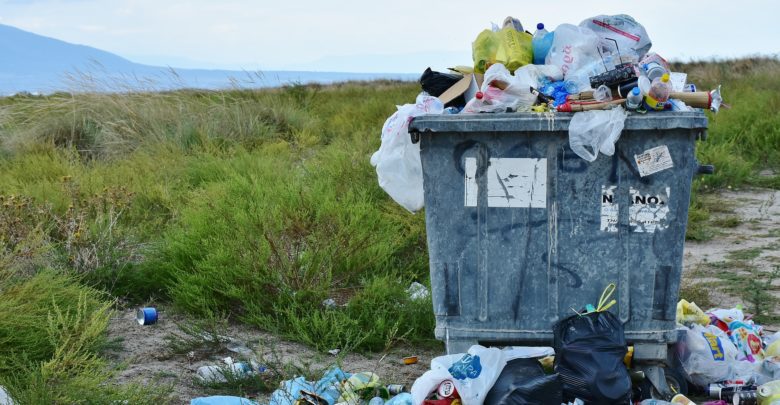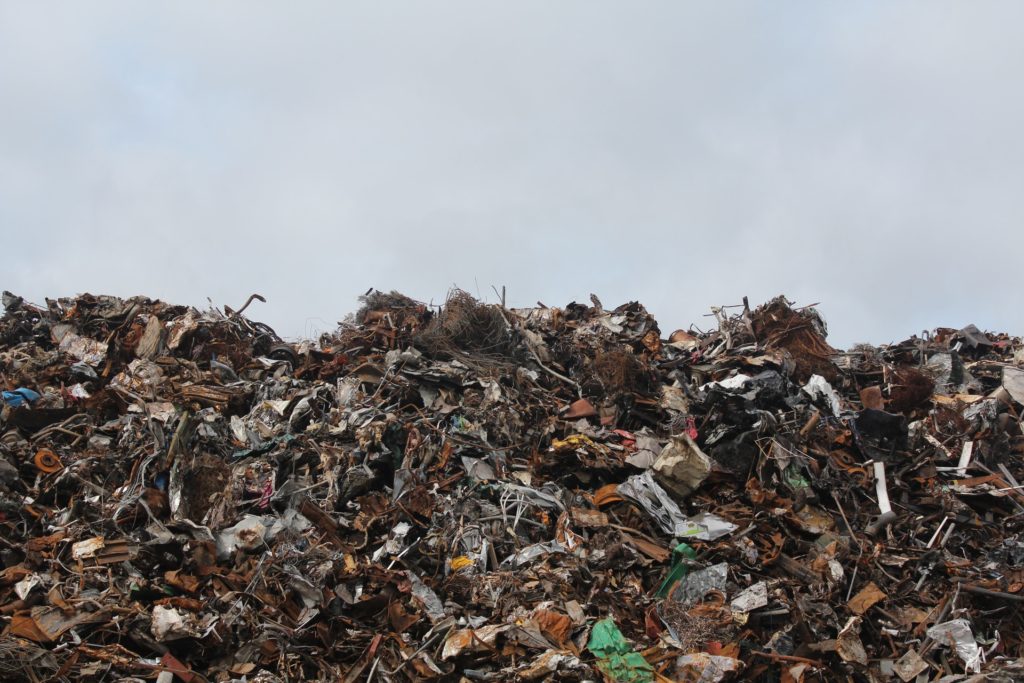
In a consumer industry, we consume, consume, consume. A task as seemingly simple as recycling has started to confuse consumers.
The Conundrum of Waste Disposal
California regulations AB 341, AB 1826, and SB 1383 are leaving cities and programs scrambling for compliance without breaking the bank.
In an ever-changing industry of waste, the challenges are only growing. Public and private clients face increasing state regulations and consumer purchasing obstacles.
Waste disposal is a service-based industry. While those disposal costs increase and landfills close, the solutions – recycling streams, food waste, organics – only become more complex. Not to mention China’s recent policy shift on imported recyclables. The announcement that they would no longer be accepting much of the world’s contaminated material is a huge blow to recyclers here at home.

Waste disposal is one of the last places people look for efficiency and savings. The industry has broken on the basis of building the economics of trash over building recycling.
And, trash should be expensive, given the labor, gas, insurance, and materials. State regulations require a specific landfill diversion percentage but hauler agreements are built around landfill fees.
Recycling is cheaper and socially accepted as the right thing to do. But, it’s not that simple.
Waste and recycling have evolved over time due to public, political, and monetary pressure. While the waste industry is responsible for making sure there is a market to offset collector operations, recycling programs focus on selling that recycled material (e.g., bottles, cans, paper, cardboard).
State regulations require a specific landfill diversion percentage but hauler agreements are built around landfill fees.
The confusion over the recycling triangle results in more contamination; consumers are not recycling better, they are just ‘recycling more’ by throwing items in the wrong container.
The recycling triangle on plastic items does not necessarily mean an item is recyclable. It could just mean it’s made of recyclable material.
Keep it simple. Look at your waste program on every level.
Finding an alternative market for these materials can seem to be a no-win scenario, especially as new materials come into consumer homes. The start: Keep it simple. Look at your waste program on every level.
Look at your trash. Look at your invoices and purchases. Look at your usage. Look at your employees. Look at the commonality among what you throw out and see if there is another way.
Analyze your current programs. Whatever you do, don’t back into regulations. Look at the programs in place now, first, and then fix those programs to become compliant.
These actionable steps can be the distinction between compliance and confusion:
Government programs
- Review the franchise to make sure goals and targets are in place for compliance.
- Review construction/demolition programs to make sure proper disposal practices are in place.
- Review internal tracking systems to ensure program success and landfill diversion.
School districts
- Create the opportunity for each classroom and exterior area.
- Start with reviewing custodial practices and in-classroom recycling.
- Review contracts to make sure they’re being followed and billed correctly.
Both factors could benefit from partners in the community, including haulers, to ensure programs are available for the new registration. Sometimes it’s easier to hire a professional to assist in the management of these complicated waste programs in the areas of contract, compliance, outreach, education, and savings.
Success is built on the basis of simplicity. Make the program easy to follow. Move forward. It’s never too late to begin. These programs can take months, or even years, to implement. Don’t wait for regulations to force your hand.
Keep it simple, focus on your program, and utilize available resources to clear the path to success. Make the landfill the last resort. Reinvent how you reduce, reuse, and recycle to comply with material regulations and build a more informed populace around proper waste disposal.
Waste Disposal FAQs
What are some California regulations related to waste disposal that are causing challenges for cities and programs?
California regulations AB 341, AB 1826, and SB 1383 are causing challenges for cities and programs in terms of compliance and cost management.
How are waste disposal costs and landfill closures impacting the recycling industry?
Waste disposal costs are increasing while landfills are closing, making recycling a more complex solution. This, coupled with China's decision to restrict imports of contaminated recyclables, has dealt a significant blow to recyclers.
Why is recycling considered cheaper and socially accepted, but still not simple?
Recycling is perceived as cheaper and socially responsible; however, it is not a straightforward process. Consumers often face confusion regarding recycling, leading to more contamination and incorrect disposal practices.
What should individuals and organizations consider when analyzing their waste management programs?
To analyze waste management programs effectively, individuals and organizations should evaluate their waste generation, invoices, purchases, usage patterns, and employee practices. Identifying common waste items and exploring alternative disposal methods is crucial.
What actionable steps can be taken to ensure compliance and clarity in waste management programs?
Depending on the sector, specific steps can be taken. Government programs should review franchise agreements, construction/demolition practices, and internal tracking systems. School districts should focus on classroom and exterior recycling, custodial practices, and contract review. Engaging professionals for assistance in contract management, compliance, outreach, education, and savings can also be beneficial.




